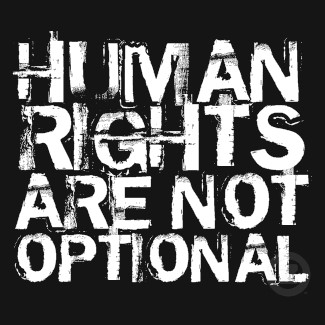The second in a series of blogs that enables us to learn more about the world of disabilities. This blog, in particular, intends to share information on UN Convention, understanding of disability and disability rights from diverse sources. This gives insight into the civil, political, cultural, social and economic rights of persons with disabilities thus facilitating the emergence of a complete picture.
Human rights are the rights which humans have by the virtue of being human beings; these rights are per se inalienable and non-discriminatory without any distinction of race, religion, physical and mental condition, ethnicity and other variables. The rights of persons with disabilities have undergone tremendous change in the thought process in recognising their rights. The United Nation Conventions on Rights of Persons with Disability is the Magna Carta of disability rights movement. It has moved from viewing persons with disabilities as ‘objects’ of charity, medical treatment and social protection to approach them as ‘subjects’ with rights. It advocates and affirms that all persons with all types of disabilities are entitled to all human rights and fundamental freedom. The shift in trends all over the globe was effectuated and catalysed by this Convention which was adopted in the year 2006. It mandates that the entire signatory makes the rights of persons with disabilities as justiciable rights and formulate their laws and policies to make the person with disabilities effectively exercise their rights and also identify the areas with gaps in implementation which would violate their rights and protection must be reinforced to these areas.
SOURCE:https://ciccib.wordpress.com/2013/04/06/human-rights-are-not-optional/
The Key Highlights of (CRPD):
- The CRPD reinforces the recognition of civil, political, cultural, social and economic rights of persons with disabilities without any discrimination based on disability, be it in laws, rules, policies, customs or in practice. It puts an obligation on all signatories to adopt and enact appropriate measures to ensure entitlement and realisation of human rights and fundamental freedom of persons with disabilities.
- The CRPD talks about “substantive equality” which advocates for equality in all walks of life and eliminates discrimination.
- It does not provide a closed definition of disability and has an evolving inclusive definition of it.
- It focuses on following fundamental principles:
- Respect for the inherent dignity of persons
- Individual autonomy and independence of persons
- Non-discrimination
- Full and effective participation and inclusion in society
- Respect for difference
- Equality of opportunity
- Accessibility
- Equality between men and women
- Respect for the evolving capacity of children with disabilities
- The CRPD makes it obligatory on the part of state parties to effectuate disability sensitive measures into mainstream service delivery, and to provide disability-specific services that are necessary to support the inclusion and participation of persons with disabilities.
- The CRPD also focuses on the environmental factors which result in causing disability. It recognises accessibility to places, transportation system, information dissemination, technologies and systems.
- The CRPD ensures implementation and monitoring of the measures at national and international level. The state parties have to develop a mechanism in which these policies can be implemented and monitored.
In the light of the CRPD, the India has passed a new legislation called Rights of Persons with Disabilities Act, 2016 which makes the 1995 legislation ineffective. The Act has tried to adhere to focus on most of the guidelines provided under the CRPD. In the next blog of the series, the focus will be on Indian scenario and the new legislation which has come into existence.
References:
- https://www.un.org/development/desa/disabilities/convention-on-the-rights-of-persons-with-disabilities.html
- http://www.jesp.org/PDF/Gardner.pdf
- http://nhrc.nic.in/Documents/Publications/KYR%20Disabilities%20English.pdf
- http://www.un.org/disabilities/documents/iasg/undg_guidance_note_final.pdf


